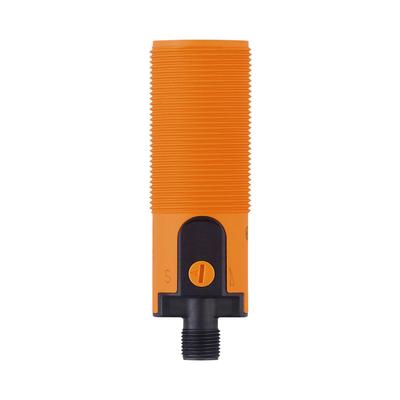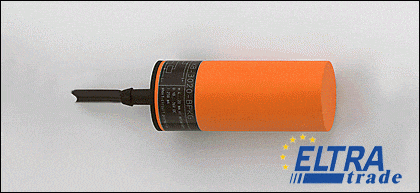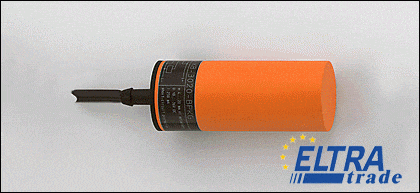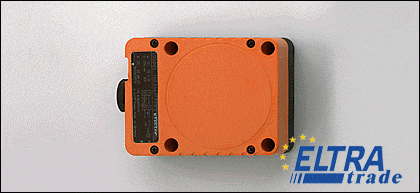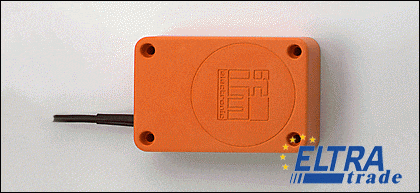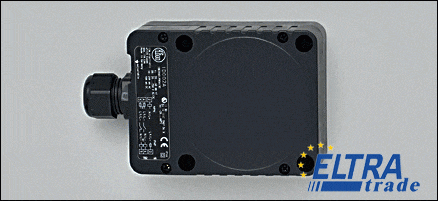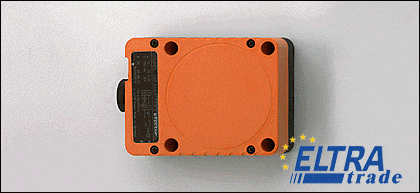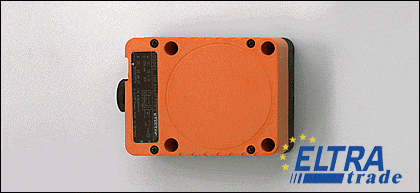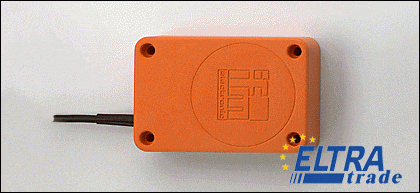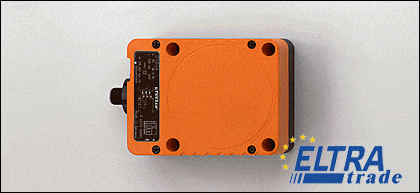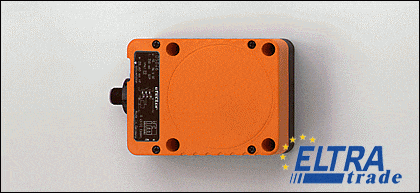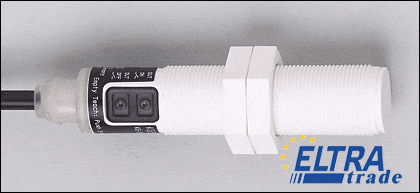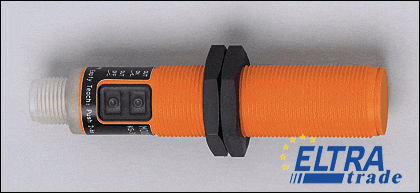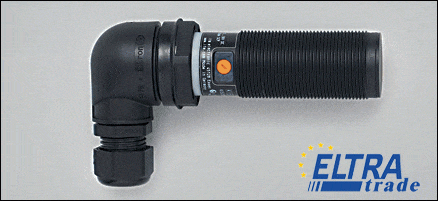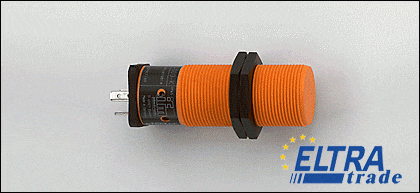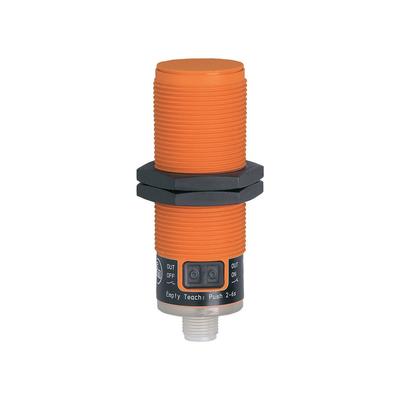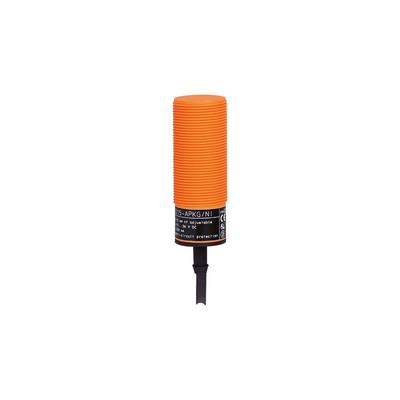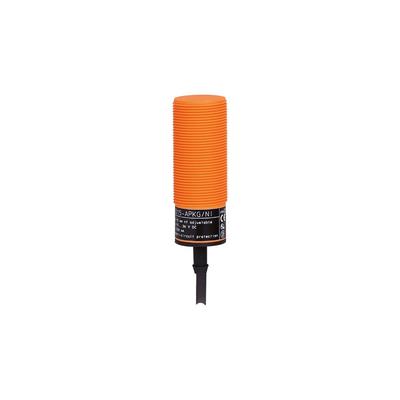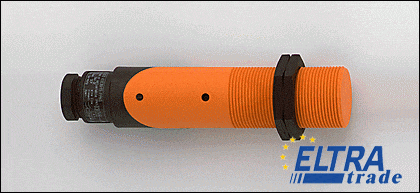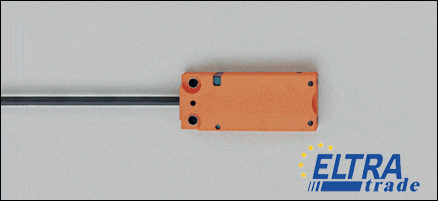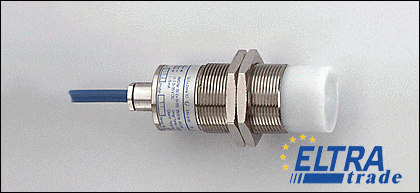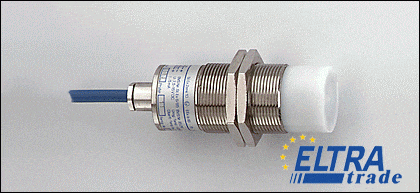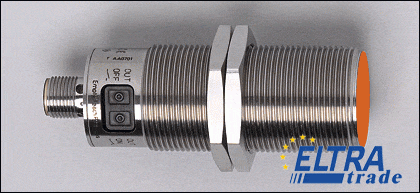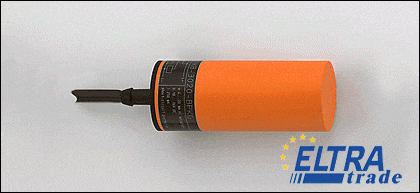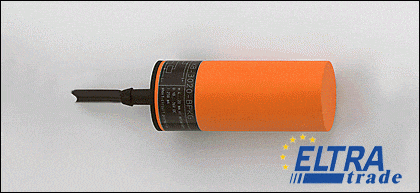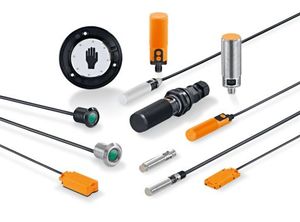IFM Capacitive sensors
- Sensing range 0.5...40 mm non-flush mountable
- Operating voltage 10...30 DC V
- 3-wire
- PNP
- M12 Connector
Capacitive sensor, Plastic housing, Ø 34 mm, AC/DC, Increased immunity to conducted radio frequency interference, Cable, Sensing range 20 mm [nf] adjustable 3...20 mm
Capacitive sensor, Plastic housing, Ø 34 mm, AC/DC, Increased immunity to conducted radio frequency interference, Cable, Sensing range 20 mm [nf] adjustable 3...20 mm
Capacitive sensor, Rectangular, plastics, AC/DC, Increased immunity to conducted radio frequency interference, Terminals, Sensing range 60 mm [nf] adjustable
Capacitive sensor, Rectangular, plastics, AC/DC, Cable, Sensing range 60 mm [nf]
Capacitive sensor, Rectangular, plastics, AC/DC, Increased immunity to conducted radio frequency interference, ATEX approval, Group II, category 3D, Terminals, Sensing range 60 mm [nf] adjustable
Capacitive sensor, Rectangular, plastics, DC PNP, Increased immunity to conducted radio frequency interference, Terminals, Sensing range 60 mm [nf]
Capacitive sensor, Rectangular, plastics, DC NPN, Increased immunity to conducted radio frequency interference, Terminals, Sensing range 60 mm [nf]
Capacitive sensor, Rectangular, plastics, DC PNP, Increased immunity to conducted radio frequency interference, ATEX approval, Group II, category 3D, Terminals, Sensing range 60 mm [nf] adjustable
Capacitive sensor, Rectangular, plastics, DC PNP, Increased immunity to conducted radio frequency interference, Cable, Sensing range 60 mm [nf]
Capacitive sensor, Rectangular, plastics, DC PNP, Connector, Sensing range 60 mm [nf]
Capacitive sensor, Rectangular, plastics, DC PNP, Connector, Sensing range 60 mm [nf]
Capacitive sensor, Plastic thread, M30 x 1.5, AC/DC, ATEX approval, Group II, category 3D, Terminals, Sensing range 15 mm [nf] adjustable
Capacitive sensor, Plastic thread, M30 x 1.5, AC/DC, Increased immunity to conducted radio frequency interference, Cable, Sensing range 15 mm [nf] adjustable
KI-2200NFBOAP2T/LS100
- Sensing range 3...15 mm non-flush mountable
- Operating voltage 20...250 AC/DC V
- 2-wire
- 0.1 m PVC-Cable
- 1/2" Connector
- 0.1 m
- PVC
- Sensing range 3...15 mm non-flush mountable
- Operating voltage 20...250 AC/DC V
- 2-wire
- 0.1 m PVC-Cable
- 1/2" Connector
- 0.1 m
- PVC
Capacitive sensor, Metal thread, M34 x 1.5, Connection to certified intrinsically safe circuits with the max. values U = 15 V / I = 50 mA / P = 120 mW, ATEX approval, Group II, category 1D/1G, Cable, Sensing range 15 mm [nf] adjustable
Capacitive sensor, Metal thread, M34 x 1.5, Connection to certified intrinsically safe circuits with the max. values U = 15 V / I = 50 mA / P = 120 mW, ATEX approval, Group II, category 1D/1G, Cable, Sensing range 15 mm [nf] adjustable
Capacitive sensor, Metal thread, M30 x 1.5, DC PNP, Teach function, Electronic lock, Connector, Sensing range 8 mm [f]
- Sensing range 3...20 mm non-flush mountable
- Operating voltage 20...250 AC/DC V
- 2-wire
- 2 m PVC-Cable
- 2 m
- PVC
- KB-3020-BPKG/NI
- Ø34 mm
- 20 mm Sensing distance
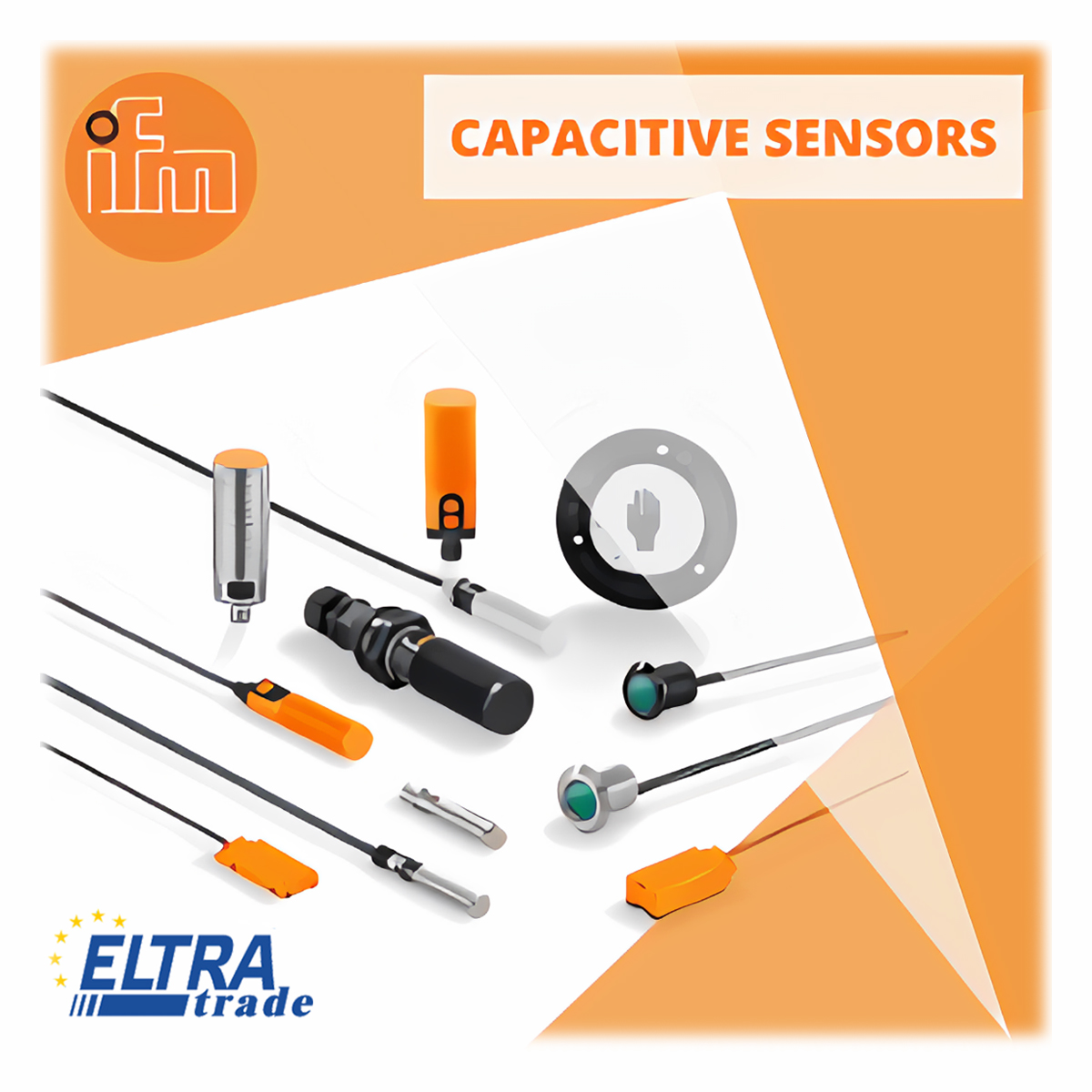
Modern industry is difficult to imagine without specialized equipment. It allows you to optimize and speed up production processes, and it is simply impossible to carry out certain operations without them. One of such devices are IFM capacitive sensors. Let's take a closer look at what these devices are and how they are used.
Capacitive sensors by IFM Electronic gmbh are one of the best items for non-contact displacement measurement in the market. Unlike inductive ones, such equipment work perfectly with both metal and non-metal surfaces.
What does an IFM capacitive sensor do?
The sensitive surface of the IFM capacitive sensor is formed by two concentrically arranged metal electrodes. Their surfaces A and B are located in the feedback circuit of a high-frequency generator, which is configured in such a way that it does not generate in the absence of a detection object. If an object approaches the sensitive surface of the sensor, then it enters the electric field in front of the electrode surfaces and contributes to an increase in the coupling capacitance between plates A and B. In this case, the amplitude of the generator begins to increase. The oscillation amplitude is registered by the evaluation circuit and converted into an on-command.
Capacitive sensors detect both metallic and dielectric objects. Metals, due to their very high conductivity, have the strongest effect on capacitive sensors. Reduction factors for various metals can be ignored.
If an insulator is placed between the plates of the capacitor, then the capacitance of the capacitor increases depending on its dielectric constant. Non-metal objects act on the sensing surface in the same way as metal objects, and the coupling capacitance is increased. When organic materials are detected (wood, grain, etc.).
IFM capacitive touch sensors are used for the following purposes:
- For detecting plastics and other insulators.
- In alarm systems, when establishing the fact of movements in the controlled area.
- As a component of car security devices.
- To determine the surface finish of materials after machining.
- In order to determine the level of liquid or gaseous media in closed tanks.
- When installing systems for automatically turning on / off lamps.
How does IFM capacitive proximity sensor work?
The design of these devices is relatively simple. A standard capacitive sensor is a capacitor that is either flat or cylindrical. One of its plates is constantly moving in space. In the course of such movement, there is a change in the distance between the plates, deformation of the dielectric, a change in its position, permeability, and so on.
IFM Capacitive proximity sensor functions as follows:
- The generator forms an electric field of interaction with the object.
- The demodulator contributes to the transformation of the change in the amplitude of the high-frequency oscillations of the generator, as well as the change in the DC voltage.
- The trigger allows you to create the desired level of the front of the switching signal and the value of the hysteresis.
- The amplifier provides an increase in the output signal to the optimum level.
- The LED indicator reflects the position of the switch and allows you to quickly configure the device.
- The compound provides the required level of protection against solids and liquids.
- The robust housing eliminates the possibility of damage to the structure as a result of mechanical stress. As a rule, brass or polyamide is used in its manufacture.
The active surface of capacitive sensors is formed by metal electrodes. The latter is part of the feedback circuit of the high-frequency generator. Approaching the active surface of the capacitive sensor, the object is under the influence of an electric field. At this moment, the generator generates oscillations. Their amplitude increases depending on how close the object is.
Can capacitive sensors detect plastic?
Efector capacitive proximity sensors are used to detect the presence of objects. What makes them different from other sensors is that they do not come into physical contact with the perceived object, they are also known as non-contact sensors.
Objects with high density (metals) or high dielectric constants (water) are the easiest to detect. And to detect these objects, the sensors do not need to be close enough to the objects to be detected, which is another plus if they are used in conditions with limited working space. In general, good sensitive objects for capacitive sensors can detect both plastics and various liquids and wood.
Capacitive sensor Types
IFM Efector produces different types of capacitive sensors and switches for different applications:
- Complete product lines
- Industrial automation
- Level measurements
- Low dielectric media
There are several product series with variable design (with rectangular housings, with LED display or special M12). The manufacturer also produces special devices for aggressive media and hazardous areas. They have robust stainless steel housing with high protection level (IP67, IP68, IP69K). In addition to the main product lines, IFM Electronic offers software and accessories for better communication, sensing range improvements and tools for faster installation.
If you want to learn more about the functionality and other characteristics of this device, then we recommend that you read the IFM capacitive sensor manual.
Eltra Trade s.r.o. is a reliable distributor and has a catalog with a wide range of IFM capacitive proximity sensors. All you need is to call our managers to get any help in the selection of equipment!
